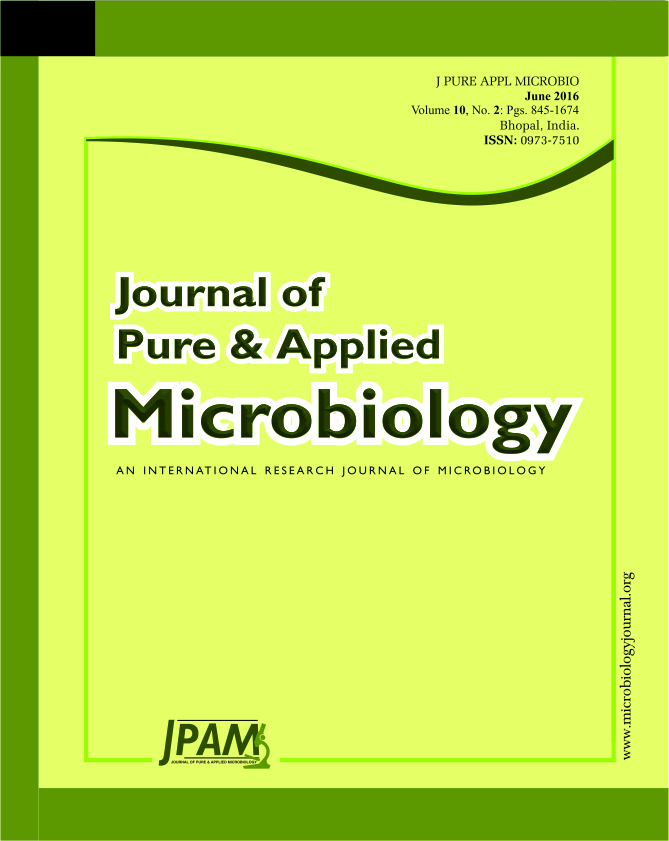A green house experiment was conducted in the net house of the Department of Soil Science and Agricultural Chemistry, Institute of Agricultural Sciences, Banaras Hindu University, Varanasi (U.P.) during kharif, 2013 to find out the effect of biochar on availability of heavy metals in soil amended with sewage sludge. There were nine treatments, consisting of six different doses of biochar as 2.5, 5.0, 7.5 10, 15, 20 t ha-1 along with 100% RDF and sewage sludge @ 30 t ha-1 applied in each biochar amended pot. In order to recover plant from initial stress, 50% recommended dose of nitrogen (RDN) was applied in each pot at 45 DAT. Results of this study showed a significant increase in test weight, grain and straw yield with application of graded level of biochar along with sewage sludge. Soil pH and electrical conductivity did not show any significant change with application of sewage sludge but with increasing levels of biochar pH of soil showed a significant increase. Application of biochar @ 20 t ha-1 along with sewage sludge (30 t ha-1) was found to increase grain yield to 2.5 times over control (T1) and 8.5 % over 100 % RDF. Application of 20 t biochar along with 30 t sewage sludge ha-1 (T9) registered lowest chromium content in grain. Uptake of Cd, Cr, Ni and Pb was found maximum both in grain and straw with application of 30 t ha-1 of sludge sewage (T3) where as minimum uptake was recorded with conjoint application of 20 t biochar and 30 t sewage sludge ha-1 (T9).
Biochar, Heavy metals, Sewage Sludge, Rice, Fertilizer.
© The Author(s) 2016. Open Access. This article is distributed under the terms of the Creative Commons Attribution 4.0 International License which permits unrestricted use, sharing, distribution, and reproduction in any medium, provided you give appropriate credit to the original author(s) and the source, provide a link to the Creative Commons license, and indicate if changes were made.


